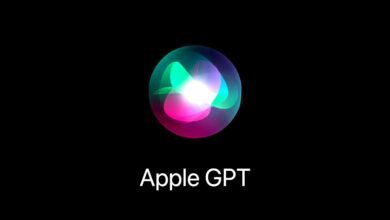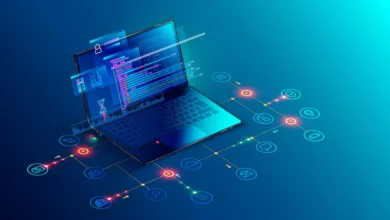5G Technology: The Key to Unlocking the Full Potential of the IoT

Unlocking the Full Potential of the IoT
The Internet of Things (IoT) has revolutionized the way we live and work by connecting everyday devices to the internet. From smart homes to smart factories, IoT has the potential to transform virtually every industry. However, the true potential of IoT cannot be unlocked without reliable and efficient connectivity. This is where 5G technology comes in. In this article, we will explore 5G technology and how it can Unlocking the Full Potential of the IoT
What is 5G Technology?
5G stands for fifth-generation technology, which is the latest standard for mobile networks. It is designed to offer faster data transfer speeds, lower latency, and increased reliability. Unlike its predecessors, 5G is not just an incremental improvement, but a complete overhaul of the way mobile networks operate.
How Does 5G Technology Work?
5G technology operates on higher radio frequencies than previous generations. These frequencies, known as millimeter waves, offer a much larger bandwidth than previous generations, enabling faster data transfer speeds. Additionally, 5G technology utilizes advanced signal processing algorithms, such as beamforming and massive MIMO, to improve signal quality and reduce interference.
Benefits of 5G Technology for IoT
5G technology offers several key benefits for IoT, including:
Faster Data Transfer Speeds
With 5G technology, data transfer speeds can reach up to 20 gigabits per second (Gbps). This is more than 100 times faster than 4G technology, which offers maximum speeds of around 1 Gbps. This means that IoT devices can transfer data faster and more efficiently, enabling real-time communication and decision-making.
Lower Latency
Latency is the time it takes for data to travel from one point to another. With 5G technology, latency can be reduced to as little as 1 millisecond (ms). This is significantly lower than 4G technology, which has a latency of around 50 ms. This means that IoT devices can respond to commands much faster, enabling more efficient and effective operations.
Increased Reliability
5G technology utilizes advanced signal processing algorithms to improve signal quality and reduce interference. This means that IoT devices can connect more reliably, even in crowded or noisy environments. Additionally, 5G technology supports network slicing, which enables networks to be divided into smaller, more dedicated sections. This means that IoT devices can have their own dedicated network slice, ensuring reliable and efficient connectivity.
Use Cases for 5G Technology and IoT
5G technology and IoT have the potential to transform virtually every industry. Here are some examples of how 5G technology can be used to unlock the full potential of IoT:
Smart Cities
5G technology and IoT can enable cities to become more connected and efficient. For example, IoT sensors can be used to monitor traffic, air quality, and waste management. This data can then be used to optimize city operations, reduce congestion, and improve quality of life for citizens.
Industrial Automation
5G technology and IoT can be used to automate and optimize industrial processes. For example, IoT sensors can be used to monitor machine performance, predict maintenance needs, and optimize production schedules. This can help reduce downtime, improve efficiency, and increase profitability.
Healthcare
5G technology and IoT can revolutionize healthcare by enabling remote patient monitoring and telemedicine. For example, IoT sensors can be used to monitor patient vitals, and 5G technology can enable real-time video consultations with doctors. This can help improve patient outcomes, reduce costs, and increase access to healthcare services.
Challenges and Limitations of 5G Technology for IoT
While 5G technology offers many benefits for IoT, there are also several challenges and limitations to consider. These include:
Infrastructure Requirements:
5G technology requires a significant amount of infrastructure, including new cell towers and fiber-optic cables. This can be expensive and time-consuming to deploy, especially in rural or remote areas.
Spectrum Availability
5G technology operates on higher radio frequencies than previous generations. While these frequencies offer higher bandwidth, they also have shorter range and are more easily blocked by obstacles such as buildings or trees. Additionally, not all countries have made sufficient spectrum available for 5G technology, which could limit its availability in some areas.
Security and Privacy Concerns
As with any technology, 5G technology and IoT raise security and privacy concerns. With more devices connected to the internet, there is a greater risk of cyberattacks and data breaches. Additionally, the large amount of data generated by IoT devices raises concerns about privacy and data protection.
Read More:5G and the Next Generation of Mobile Gaming: A Match Made in Heaven
Conclusion
5G technology is the key to unlocking the full potential of the Internet of Things. With faster data transfer speeds, lower latency, and increased reliability, 5G technology enables real-time communication and decision-making for IoT devices. This has the potential to transform virtually every industry, from smart cities to healthcare. However, there are also challenges and limitations to consider, including infrastructure requirements, spectrum availability, and security and privacy concerns. Overall, 5G technology offers significant benefits for IoT and has the potential to revolutionize the way we live and work.











